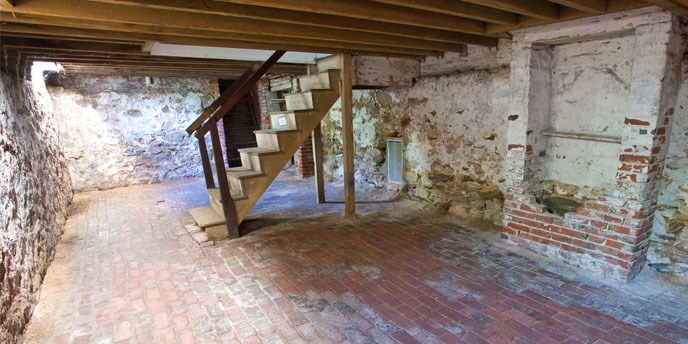Most building spaces used to extend from the main floor down to the basement or storeroom, and in an organization or firm where all these spaces are occupied, communication is essential. You should be able to reach a worker in the basement the same way you can reach the workers within the main floor to ensure a seamless team communication.
But if you are finding it somewhat challenging to get a good radio signal on the main floor, you can imagine what signal would mean in the basement – no trace.
In other cases, you may find yourself in other confined places within the building (areas like the lift, the top floor, and the basement) and need to pass on urgent information to others within the building or probably get updates from one or two units but lo, you can’t get a signal. How then can you ensure a seamless radio reception across the whole building, most especially confined spaces like the basement?
Your best shot is to get an antenna above ground. Sometimes, your antenna needs to be fixed on the top floor. It’s a simple application of physics law, the higher you mount the antenna, the better the reception. External antenna has proven to be the best solution for basement radio reception.
You can put your antenna beside the window and perform every gimmick you could come up with; but in most cases, radio antenna needs to see a bit if not much of the sky so as to pick as much radio signals as it can.
There are some powered antennas you can also get in stores around you, these antennas do so well in boosting radio signals, but that’s like one out of ten and still needs to work against dirt and oodles of obstruction in a basement setting. The Terk tower antenna, for instance, can improve the signals of most FMs but not all the time. Likewise, the Logitech or Sonos allows you to stream off them but at a lower sound resolution.
In some cases, you may also have to run the cable from the antenna within your walls to prevent signal loss. The Tv type coax cable is good, but a good quality RG6 cable is perfect for minimizing signal loss.
But your almost best option is a rooftop antenna as high as you can get it to reach. Because a powered antenna can function, but in worst cases, they tend to disappoint, and you wouldn’t like to be caught in a situation where you can’t communicate from your base, would you?
Lastly, well, this should have been the first recommendation, but I’m sure you already have a walkie-talkie. If you are just thinking of buying one, the old school CB walkie-talkie is excellent for basements. This is because it has a lower frequency, which is ideal for your location- the basement.
You ask why? Well, your basement is made of concrete and stones which absorb radio frequency energy. But the lower the frequency of your device, the less the absorption so with the little frequency on your walkie-talkie, it will transmit signals with little hindrance.
The FRS or GMRS radio types use the VHF and UHF frequency spectrum to operate which are best for basement transmission.
Walkie-talkies with high power output (4 watts or more) are better options for a good basement reception. Midland, Cobra, and Baofeng brands offer great radios. Whatever your choice, you have to consider first the physical factors around the basement and then weigh your options.
